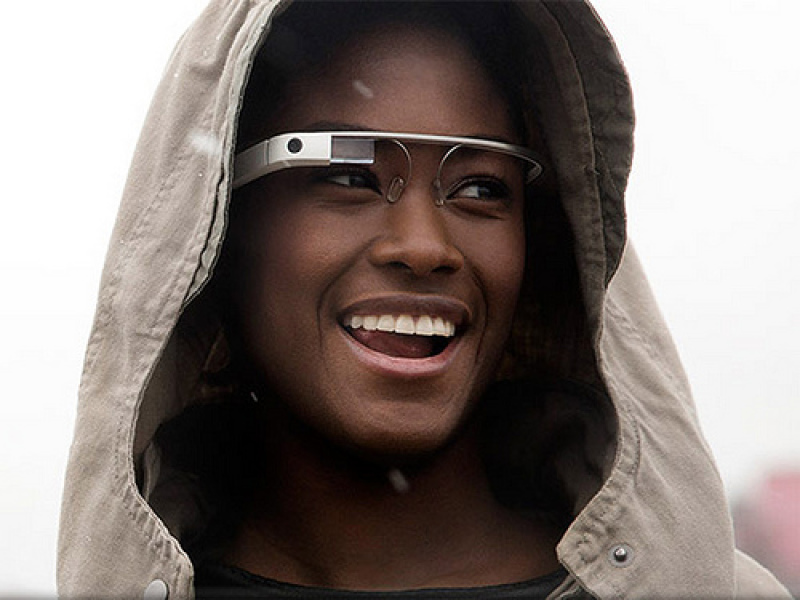
Sources familiar with Google's operations have revealed details about the upcoming version of the Google Glass.
Dubbed as the Enterprise Edition, the sources said the new variant of the company's smart eyewear will sport better specs and an overall design.
Speaking to tech site 9to5Google, the insiders noted that the new version of the Google Glass will have a bigger prism display than its predecessor. Through this design, users of the Enterprise Edition will have wider peripheral vision through the eyewear.
Google may have incorporated the design change to eliminate the eye strain problems experienced by users of the Google Glass's original model, the Explorer Edition.
Aside from a bigger display, the sources said that the smart eyewear will be powered by an Intel Atom processor. For the Explorer Edition, Google equipped the device with an OMAP 4430 manufactured by Texas Instruments.
Although the exact model of the Intel chipset was not mentioned, the insiders explained that the new processor will require less power to operate. With this feature, the Enterprise Edition may have a better battery life than its predecessor.
As to what users can expect for the new Google Glass model, the Mountain View tech firm recently filed a patent for a new kind of camera configuration. According to the patent, using a device similar to the Google Glass, users will be able to take pictures of various subjects by framing them between their fingers, Digital Trends reported.
Basically, to activate the feature, users need to create L shapes with their thumbs and index fingers. Doing this with two hands will create a rectangular frame. So, whatever is inside that make-shift frame will be captured by the device's camera. This also works with an O-shaped frame.
The patent, however, did not directly mention if this feature will be debuted for the Google Glass Enterprise Edition. Instead, Google noted that it will be used for a head-mountable device.
But based on the description of the finger framing camera technology, it seems it can go perfectly well with the company's smart eyewear.



















